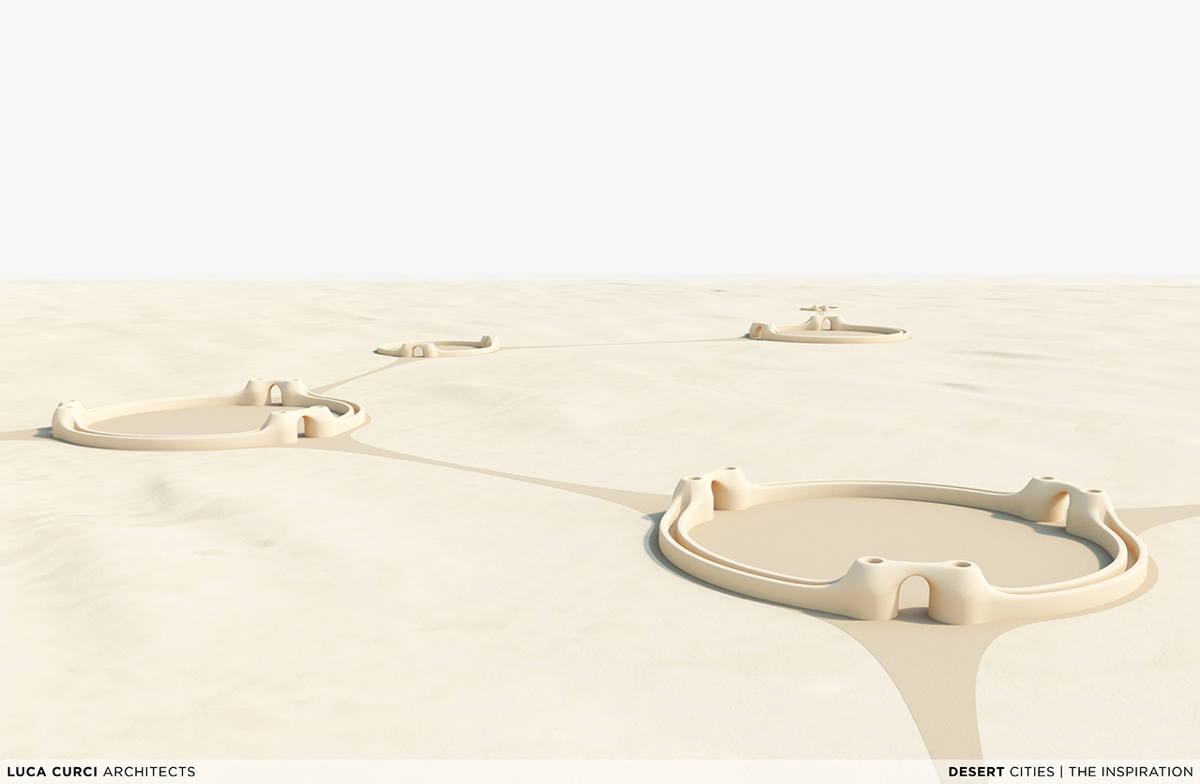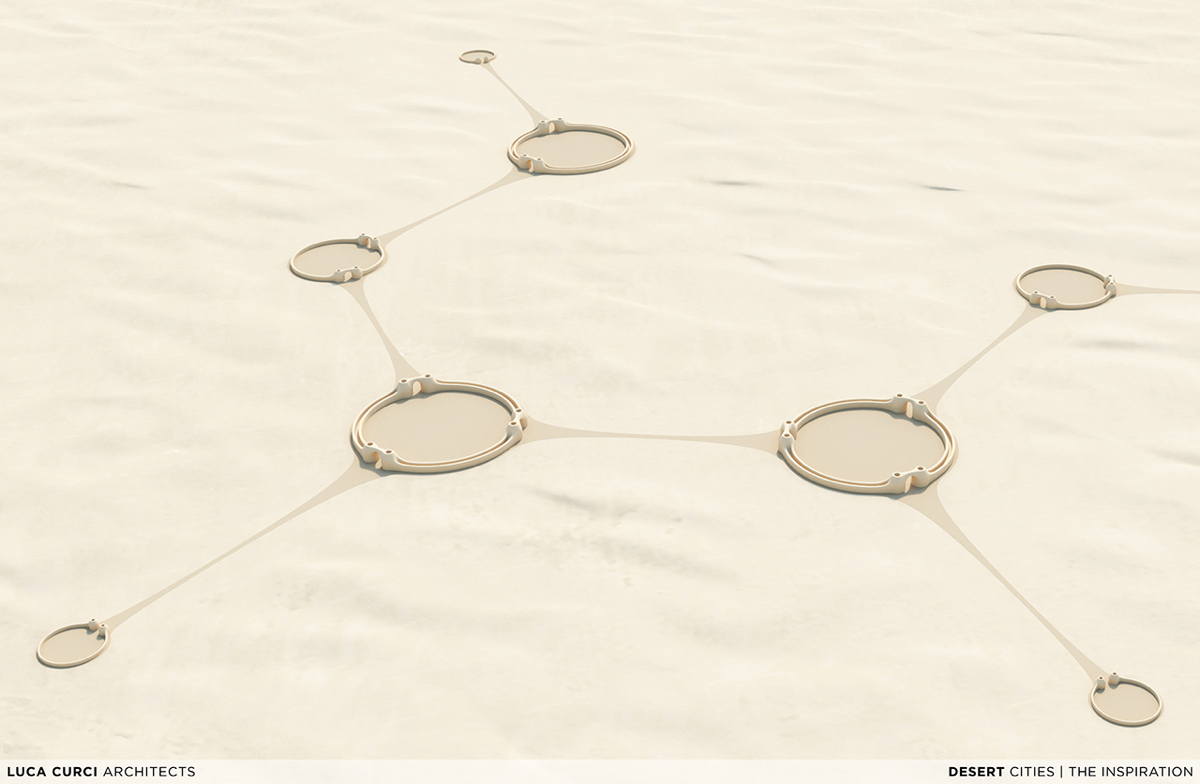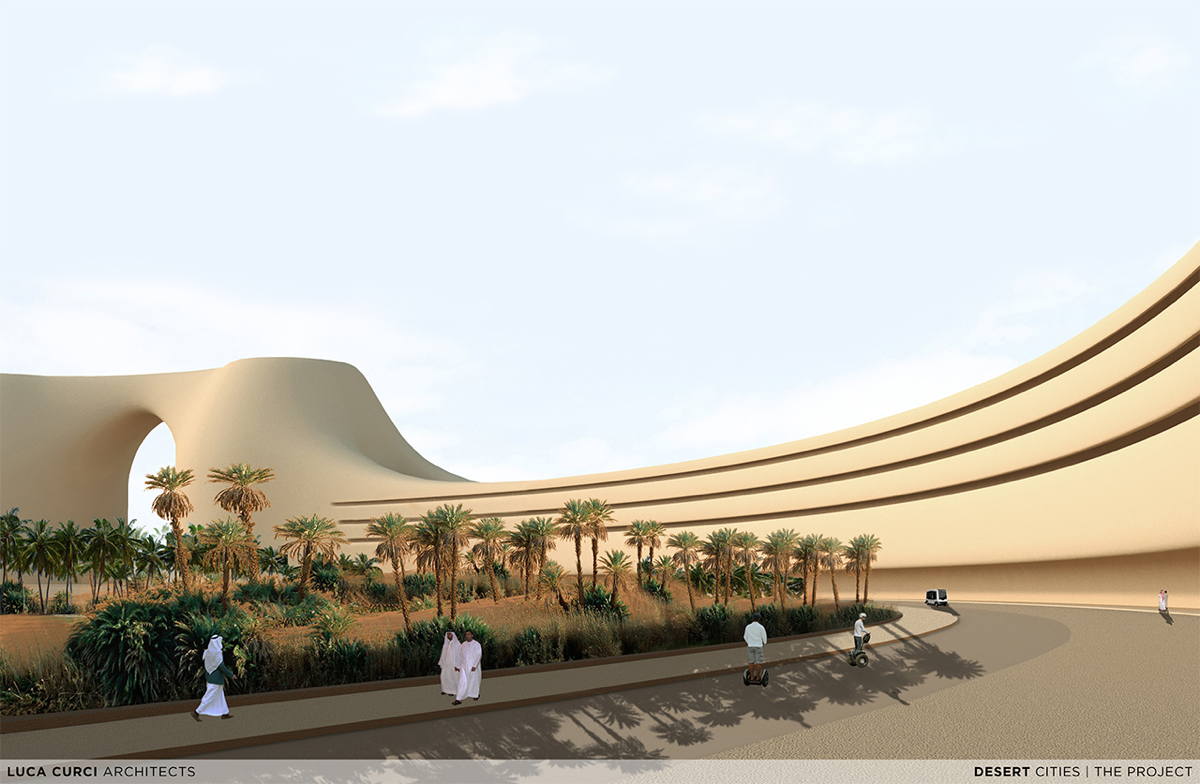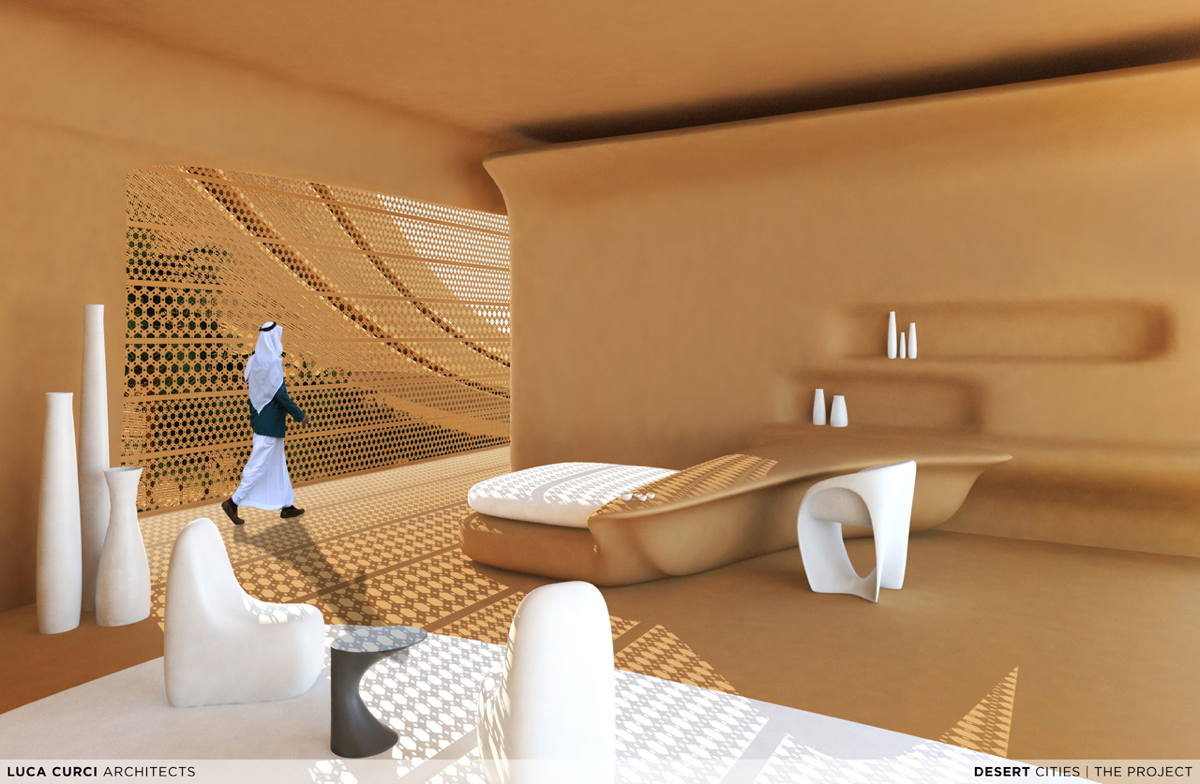
Cities Of The Future, With Luca Curci Architects
Luca Curci Architects deals with architecture design, from urban planning to interior design, bioclimatic planning and green building. The design is mainly based on the relationship between man and environment, and it’s represented by an architecture in which individual well-being and environmental sustainability are closely related.
With projects like the Floating Glass Museum, Organic Cities, Vertical City, and Desert Cities, Luca Curci Architects is setting new standards for sustainable architecture and urban planning. Their commitment to eco-conscious innovation, renewable energy, and harmonious integration with nature positions them as leaders in shaping the future of architectural design.
As the world shifts towards green, energy-efficient solutions, these projects serve as beacons of sustainable development, proving that architecture can be both visionary and environmentally responsible.Among their most visionary designs is the Floating Glass Museum, a revolutionary concept where art and nature merge, transforming water into a living canvas for contemporary expression.

Floating Glass Museum: A Harmony of Water, Art, and Sustainability
Inspired by Venice’s rich cultural heritage and the intricate craft of glassmaking, the Floating Glass Museum is a testament to the balance between tradition and modernity. Designed by an international team of architects and designers, with the support of artificial intelligence, the museum embodies a pioneering approach to sustainable architecture.
Through the meticulous selection of materials and a deep respect for its surroundings, the Floating Glass Museum is set to become a sanctuary of glass artistry and contemporary experimentation. The structure itself will minimize environmental impact, incorporating eco-friendly materials, renewable energy solutions, and innovative floating technology that ensures stability while preserving aquatic ecosystems.
This museum will not only celebrate the history of glassmaking but also serve as an interactive space where visitors can experience the fusion of traditional craftsmanship and cutting-edge sustainable design.

Organic Cities: Rethinking Urban Sustainability
With the growing need for self-sufficient, nature-integrated urban spaces, Luca Curci Architects presents Organic Cities—an ambitious vision of green urbanism. Designed to mimic natural ecosystems, these cities prioritize renewable energy, green roofs, vertical gardens, and sustainable materials, ensuring a zero-carbon footprint.
By redefining how cities interact with nature, Organic Cities promote community-driven spaces, pedestrian-friendly layouts, and advanced waste management systems. This project stands as a blueprint for the future of sustainable living, where architecture coexists harmoniously with the environment.

Vertical City: The Future of High-Density Sustainable Living
The Vertical City project addresses the challenges of overpopulation and urban sprawl by creating self-sustaining vertical metropolises. These futuristic skyscrapers are designed with integrated green spaces, renewable energy sources, and efficient water management systems to support thousands of residents while minimizing land use.
By building upwards rather than outwards, Vertical City reduces the ecological footprint of urban expansion, offering a sustainable alternative to traditional city planning. This concept embodies energy-efficient living, smart infrastructure, and a new paradigm in sustainable urban design.

Desert Cities: Sustainable Habitats in Extreme Environments
As climate change continues to reshape global landscapes, Desert Cities provide an innovative solution for inhabiting arid regions. Luca Curci Architects envisions self-sufficient cities in desert environments, designed to harvest solar energy, optimize water conservation, and utilize climate-responsive architecture.
These eco-friendly structures incorporate passive cooling techniques, shaded walkways, and underground water reservoirs, ensuring minimal environmental disruption while providing comfortable, sustainable living conditions. Desert Cities stand as a visionary approach to climate-resilient architecture, proving that sustainable design can thrive even in the most challenging ecosystems.








